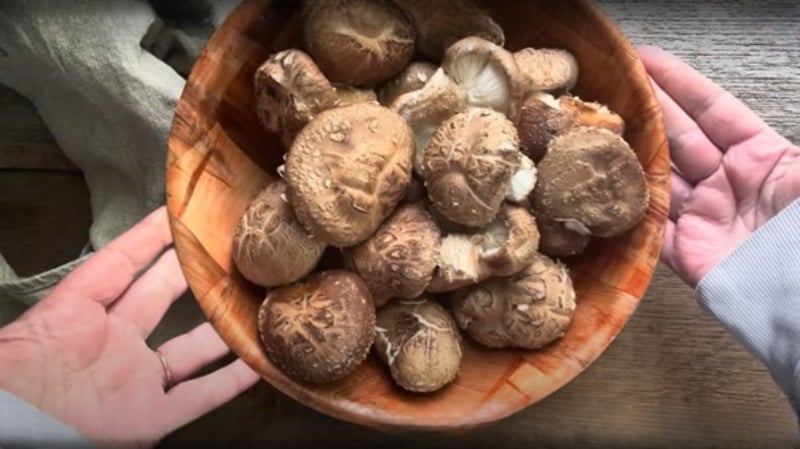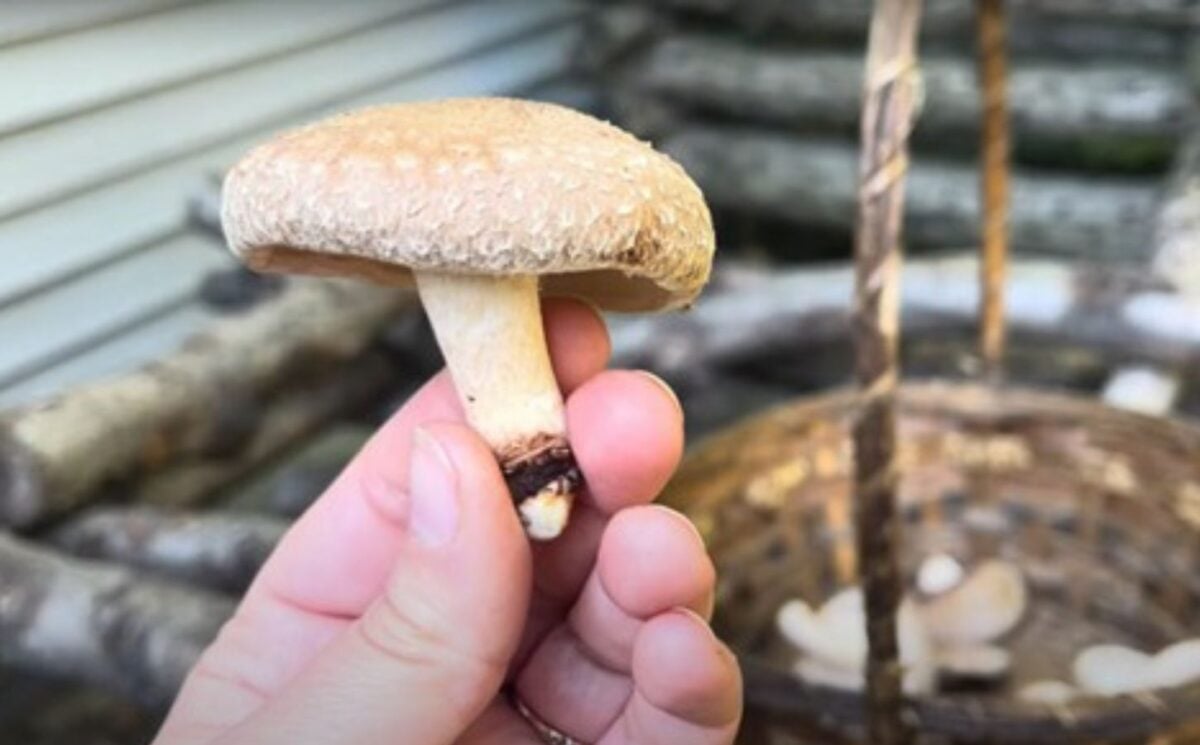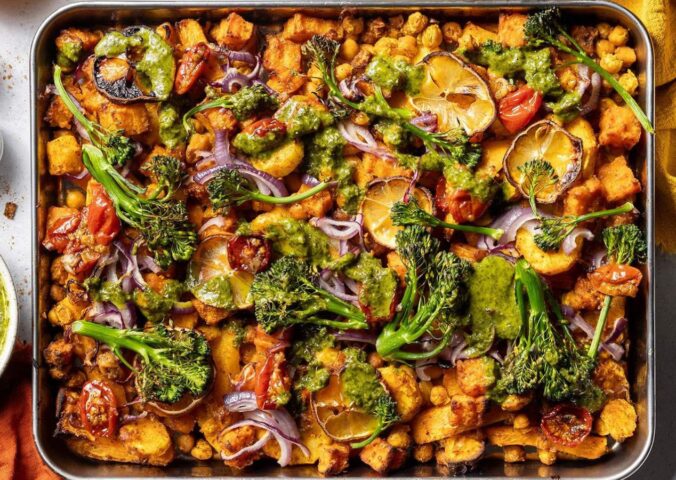For many plant-based eaters, mushrooms are more than just a side dish – they’re a healthy, flavorful meat replacement that mimics the taste of chicken, ground beef, and even steak. But growing them at home? That sounds intimidating, right? Not according to Crystal Schmidt.
Schmidt, known for her YouTube channel Whole-Fed Homestead, shared a video where she gives a detailed tutorial on how to grow shiitake mushrooms in your garden. A long-time mushroom lover and homesteader in Wisconsin’s Zone 4, she makes the process look not just doable, but fun as well. Her content centers on food preservation, growing your own ingredients, and making homesteading more accessible. On her website and channel, Schmidt provides educational resources and tools to help beginners start growing and preserving their own food.
Read more: What Are The Benefits Of Lion’s Mane Mushrooms And Where Can You Buy Them?
This shiitake growing project is one of her favorites, and it’s surprisingly affordable.
Why it’s worth it
“Growing shiitake mushrooms has been one of our most rewarding homestead endeavors,” Schmidt says. They’re a high-value crop that thrives in shady parts of your yard where little else grows. With access to free logs and basic tools, she says, “it’ll cost less than $150 to get all the supplies needed to make 25 large mushroom logs.”
And those logs aren’t just single-use. “These logs will produce multiple times a year for up to eight years,” she adds. “It’s just a really fun and rewarding project to do – one of those things that feels absolutely magical to witness and makes you feel that much closer to nature.”
Step-by-step breakdown

Schmidt outlines six essential steps: harvesting logs, drilling holes, adding mushroom spawn, sealing with wax, incubating the logs, and finally, setting them up for harvest.
She emphasizes the importance of choosing the right kind of wood. “Oak is the best,” she says. The logs must be freshly cut from living, dormant trees – never fallen or dead wood. For best results, she harvests her logs in March or April and inoculates them in May, once the weather is reliably above freezing.
The logs are cut to 36 to 48 inches long and drilled in a diamond pattern. She strongly recommends using an angle grinder to speed up the process: “It’s about 10 times faster and easier than a regular drill.”
Getting the spawn in
To inoculate the logs, Schmidt uses sawdust spawn. “We’re using this tool which is what makes and pushes the sawdust spawn into the logs,” she says, showing her brass inoculator. The sawdust contains shiitake mycelium and is packed into holes, one at a time. Each is then sealed with melted cheese wax using wool daubers – “almost like you’re touching the hole with a magic wand.”
She recommends high-quality spawn from direct producers like Field and Forest. “It should come in a sealed bag and be moist and likely starting to grow.”
The long wait
After sealing, the logs are moved to a shady, off-ground area for incubation. “Incubate is just code word for ‘let them sit,’” she explains. And they need to sit for a while – about a year.
“I have some bad news I’ve been hanging onto – they need to incubate here for one year before you get mushrooms,” she says. But it’s worth the wait. “It’s just wonderful and magical and so much fun to watch them grow.”
Harvest time
Once the mycelium colonizes the log, fruiting begins in spring and fall. “You can generally expect mushrooms in the spring and in the fall, and you might even get multiple fruitings in each season.” The logs are set up in a “chimney stack” formation, shaded and off the ground. She urges people to keep the stack somewhere visible – “if you forget to check them, you may miss harvesting your mushrooms.”
Shiitake mushrooms pop from the same holes year after year. “The first logs we ever made are pushing nine years and still putting out a basket full of mushrooms every year.”
Schmidt’s tutorial makes a compelling case for backyard mushroom growing. The upfront work is hands-on, but the long-term rewards are big: years of fresh, homegrown mushrooms for a fraction of store prices.
As she puts it, “You can now grow mushrooms like a pro and I hope that you’re inspired to try it.”
For more homesteading videos and helpful info on how to grow, cook, and preserve food check out Schmidt’s YouTube channel.
Read more: Using Mushrooms As Meat: The Ultimate Guide






